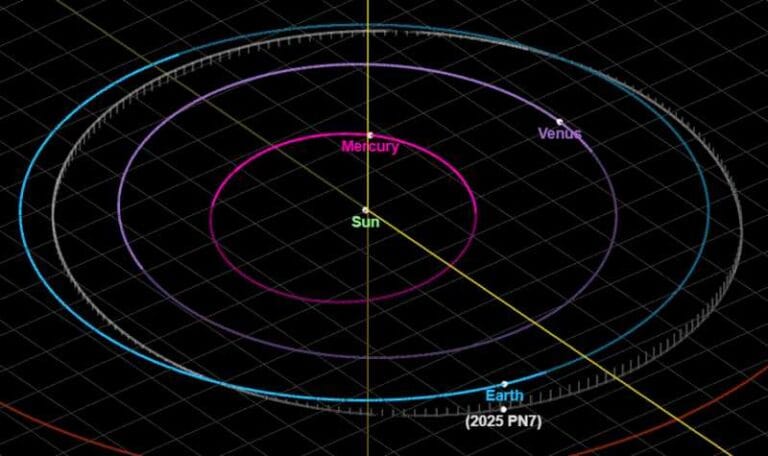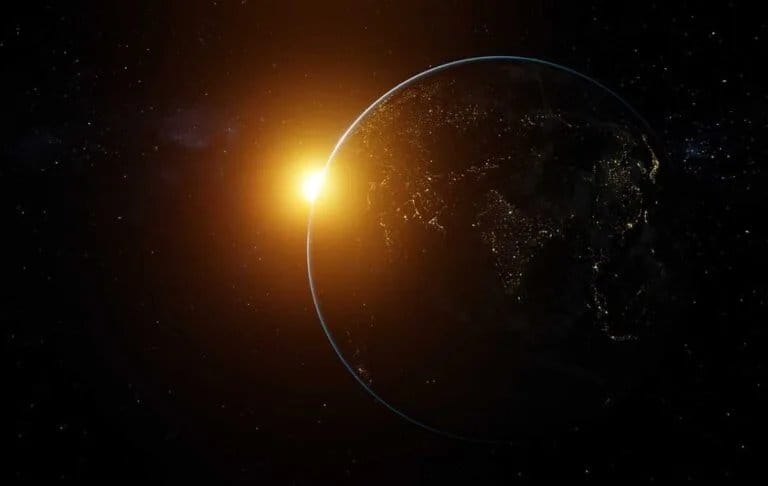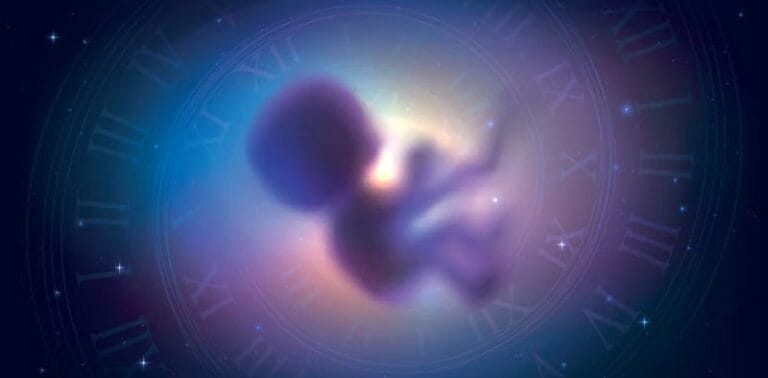Sound of Earth’s magnetic flip 41 000 years ago

Approximately 41,000 years ago, Earth experienced a brief geomagnetic reversal known as the Laschamp event. During this period, the planet’s magnetic field significantly weakened, dropping to as low as 5% of its current strength. This reduction in field strength allowed an increased influx of cosmic rays to penetrate Earth’s atmosphere.
Researchers from the Technical University of Denmark and the German Research Centre for Geosciences utilized data from the European Space Agency’s (ESA) Swarm mission, along with other datasets, to produce a detailed visualization of the Laschamp event. Their work mapped the shifting magnetic field lines and translated this data into a stereo sound representation, which is audible in the accompanying video.
The soundscape was created by blending natural sounds, such as the creaking of wood and the falling of rocks, resulting in a mix of familiar and alien-like tones. The process of converting these sounds from data is analogous to composing music from a written score.
ESA’s Swarm constellation plays a crucial role in enhancing our understanding of the Earth’s magnetic field. The satellites record magnetic signals not only from the planet’s core but also from the mantle, crust, oceans, and extend up to the ionosphere and magnetosphere. This wealth of data is vital for studying geomagnetic reversals and other internal Earth dynamics.
The first sonification of Earth’s magnetic field based on Swarm data was presented through a 32-speaker system installed in a public square in Copenhagen. Each speaker represented changes in the magnetic field at various locations worldwide over the past 100,000 years, offering a novel auditory perspective on Earth’s geomagnetic history.






